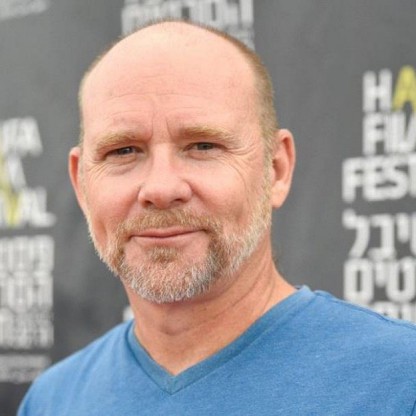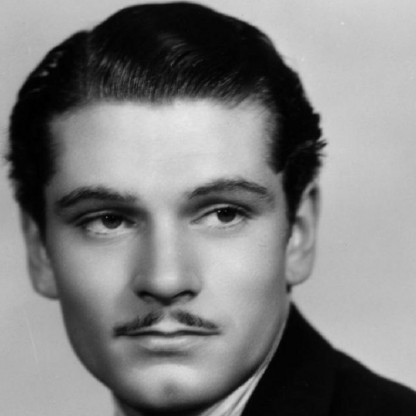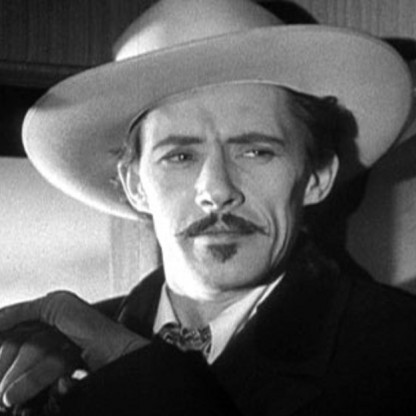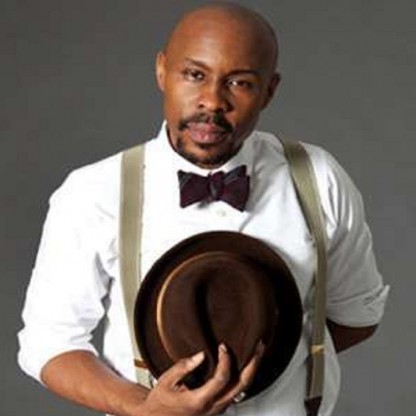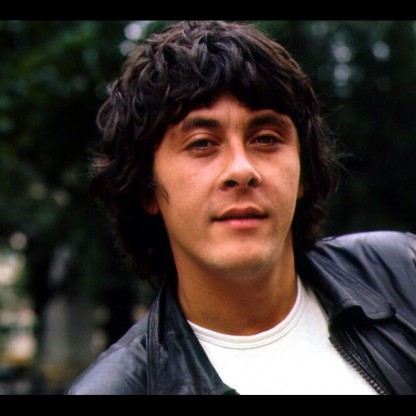From 1912 to 1917, Barrymore was away from the stage again while he established his film career, but after the First World War, he had several successes on Broadway, where he established his reputation as a dramatic and character actor, often performing together with his wife. He proved his talent in such plays as Peter Ibbetson (1917) (with brother John), The Copperhead (1918) (with Doris), The Jest (1919) (again with John) and The Letter of the Law (1920). Lionel gave a short-lived performance as MacBeth in 1921 opposite veteran Actress Julia Arthur as Lady MacBeth, but the production encountered strongly negative criticism. His last stage success was in Laugh, Clown, Laugh, in 1923, with his second wife, Irene Fenwick; they met while acting together in The Claw the previous year, and after they fell in love he divorced his first wife. He also received negative notices in three productions in a row in 1925. After these, he never again appeared on stage.


